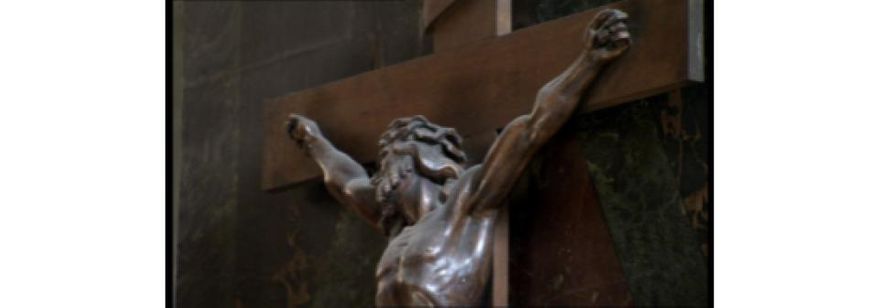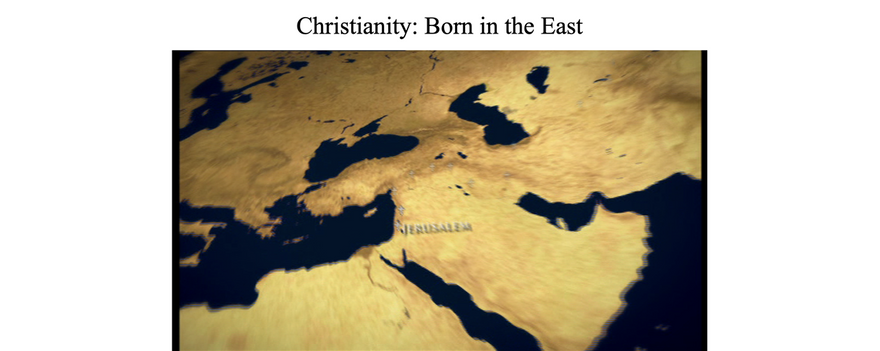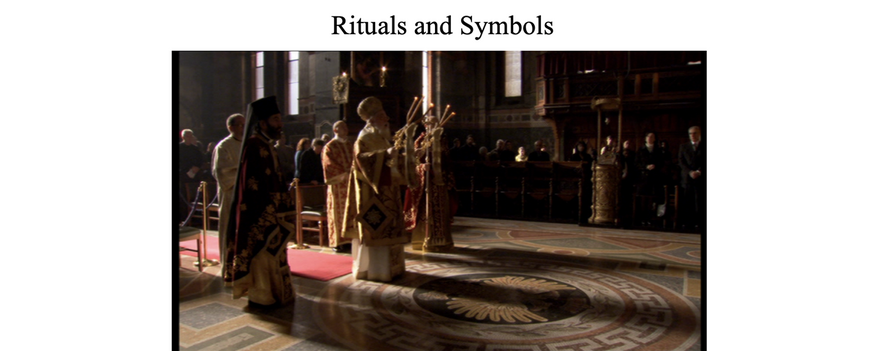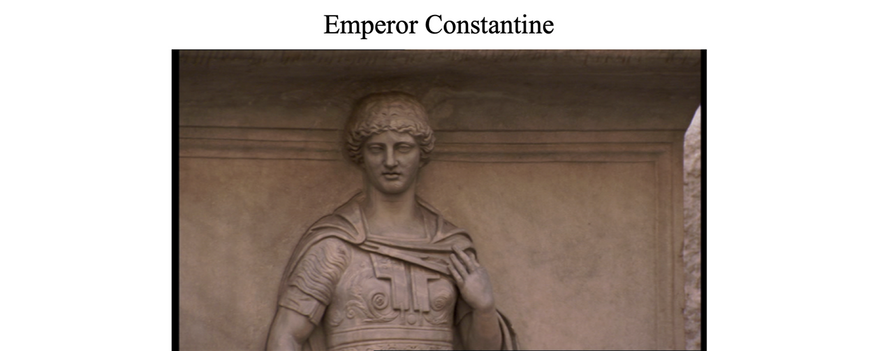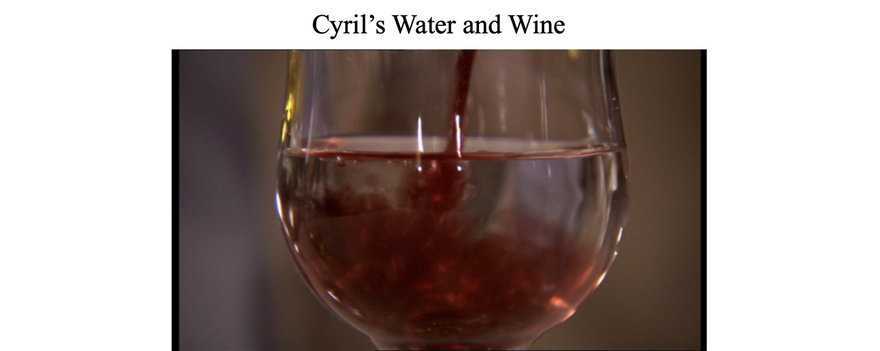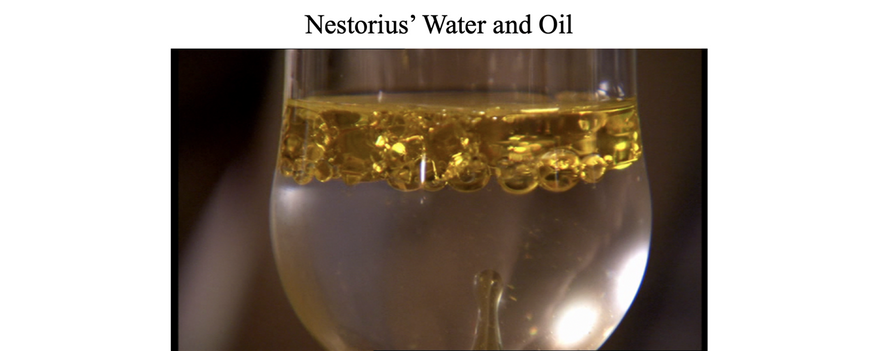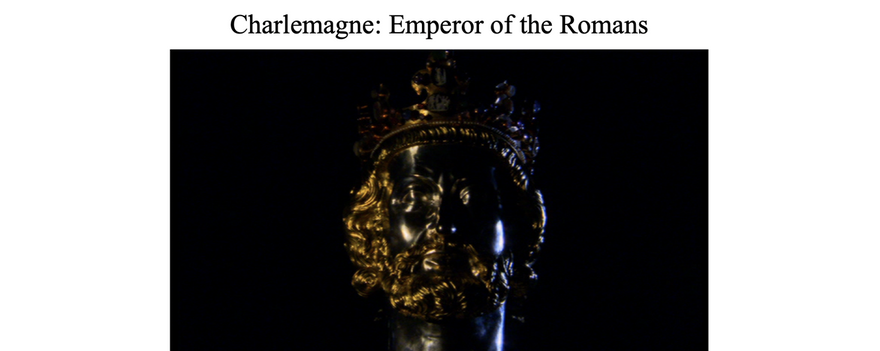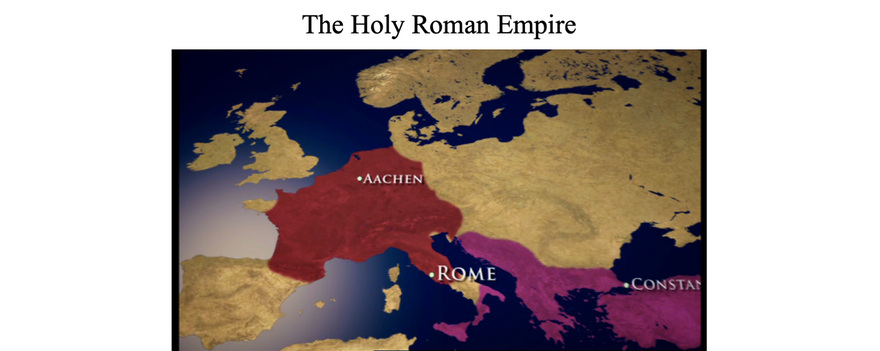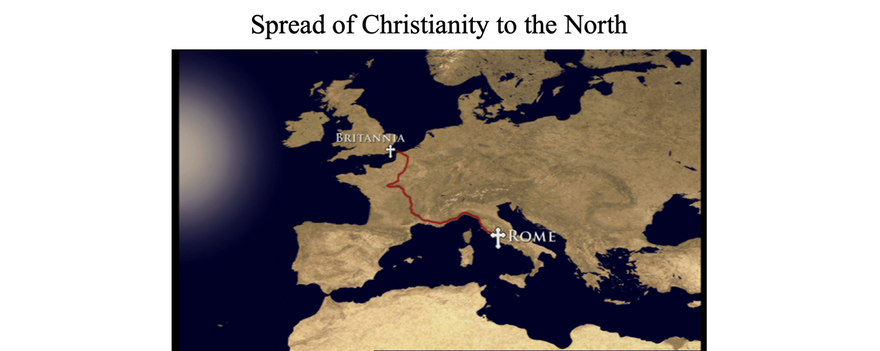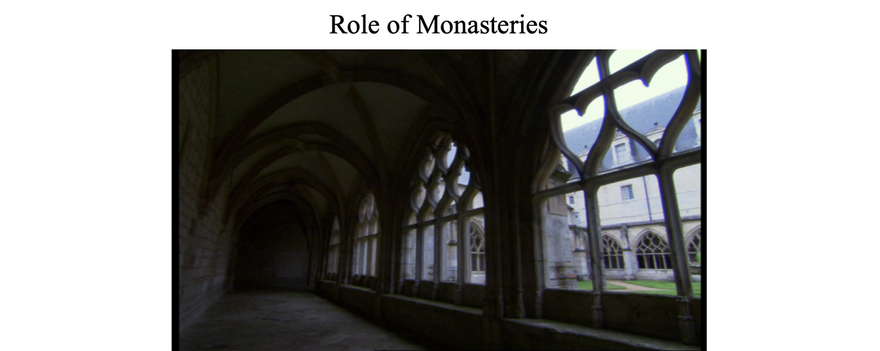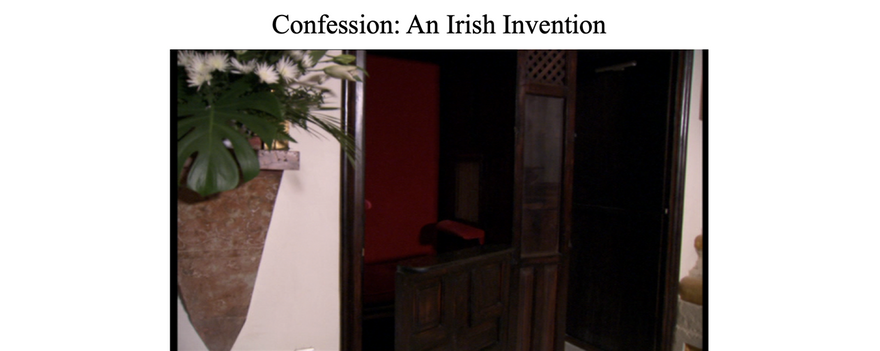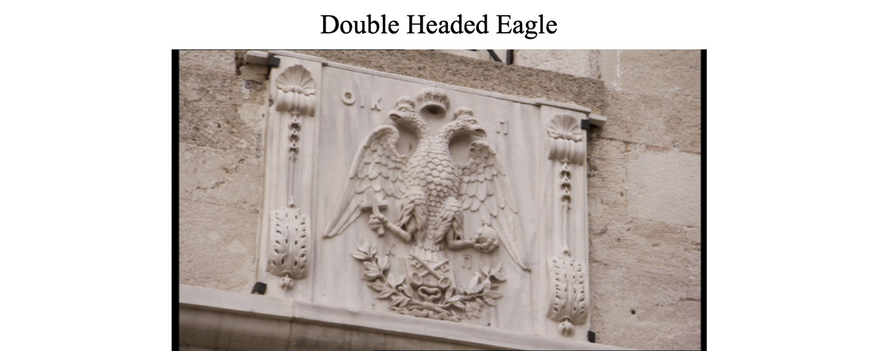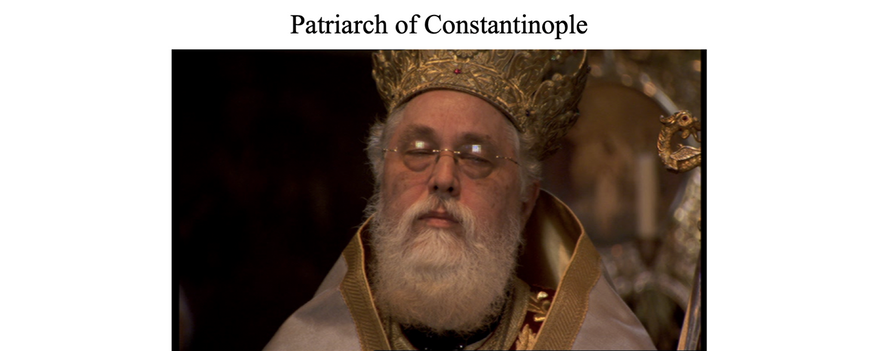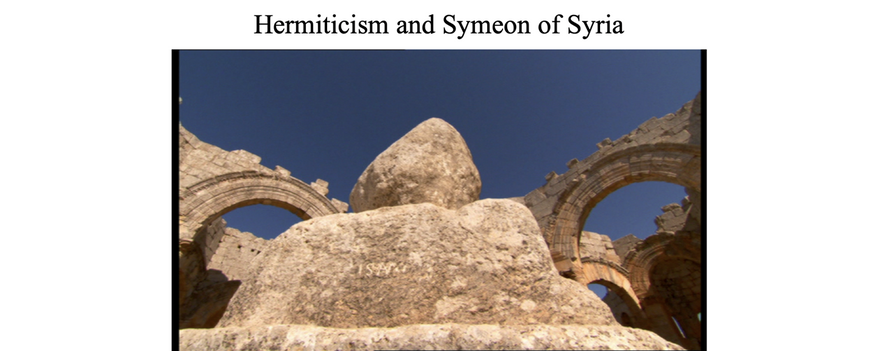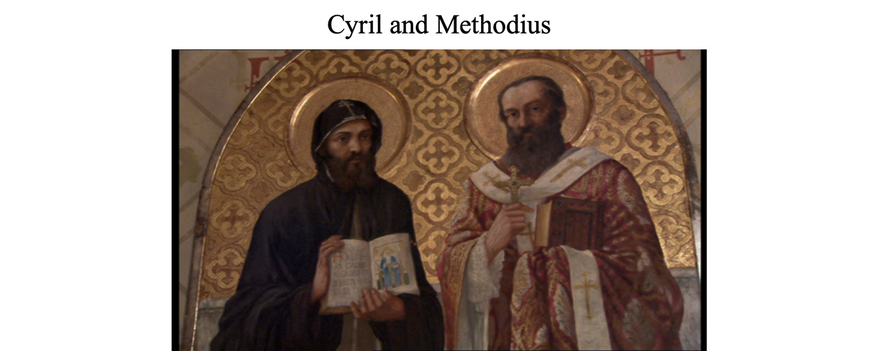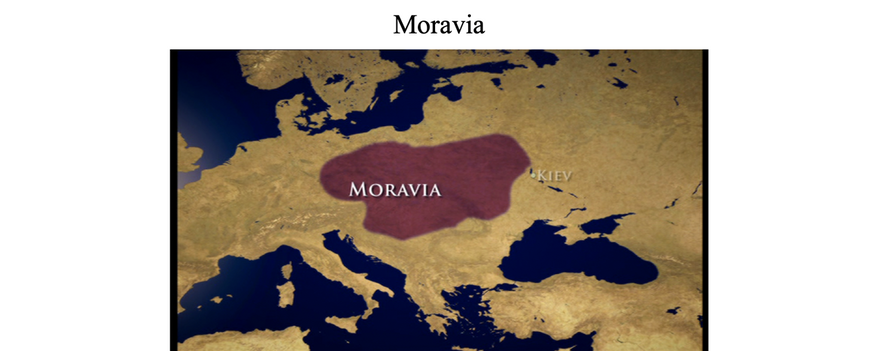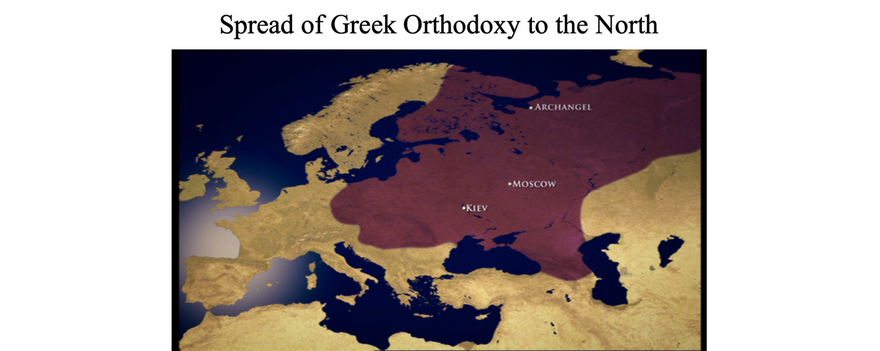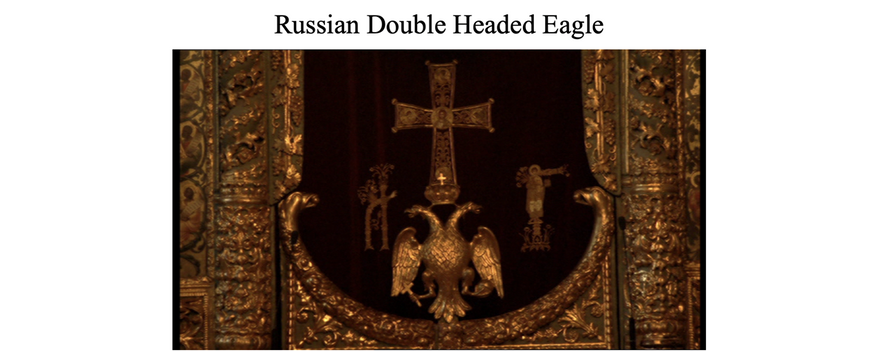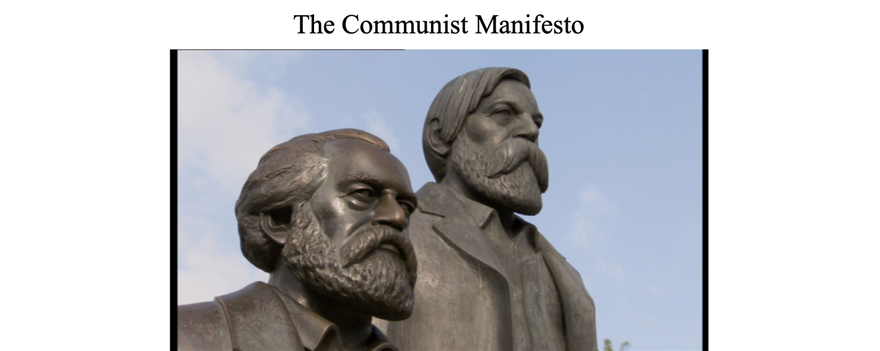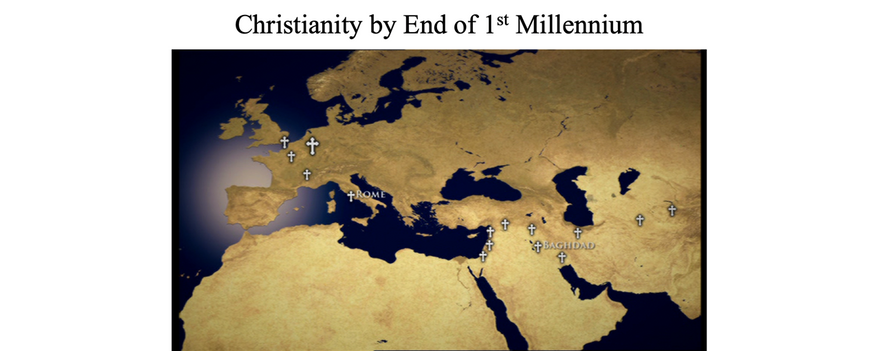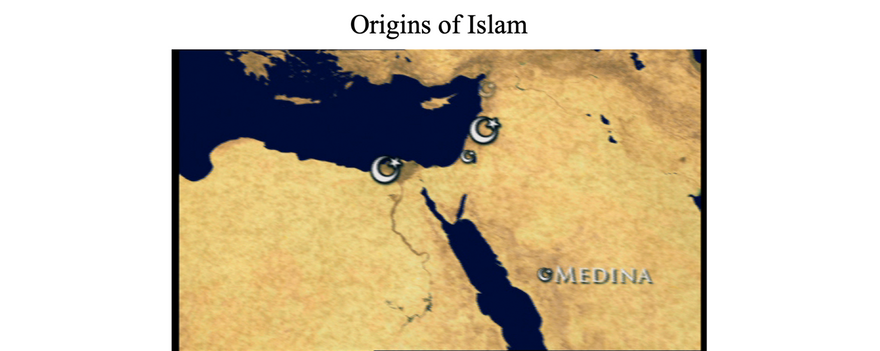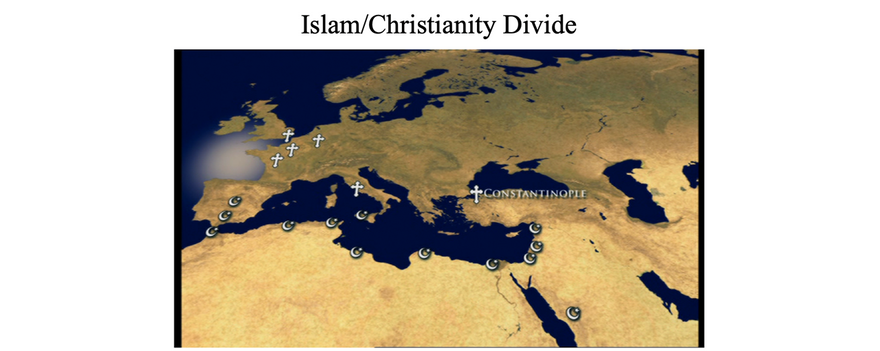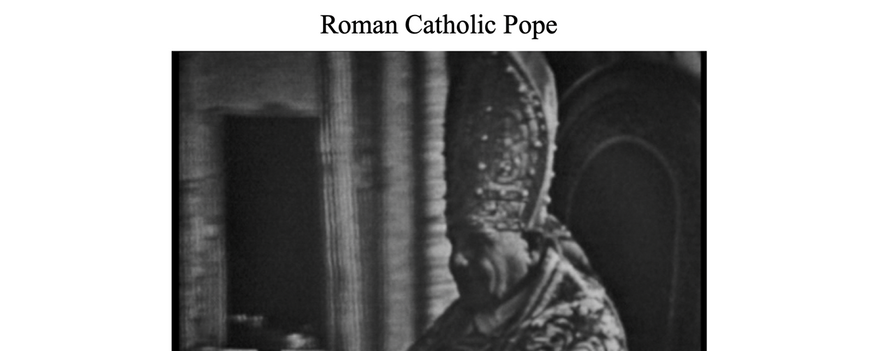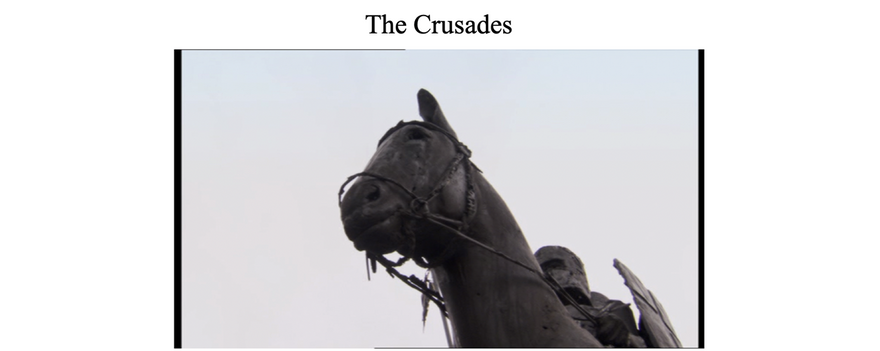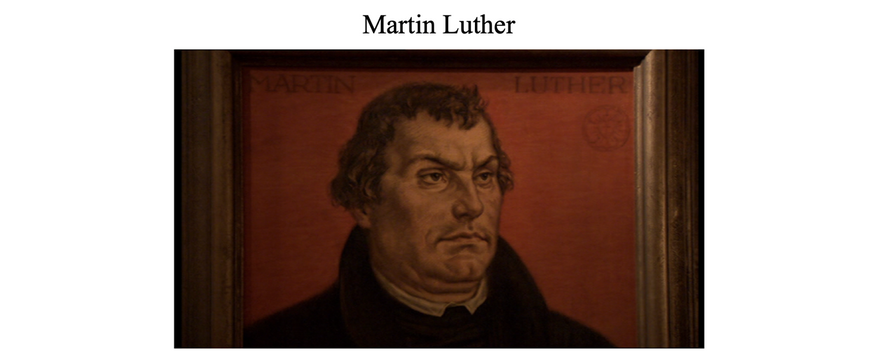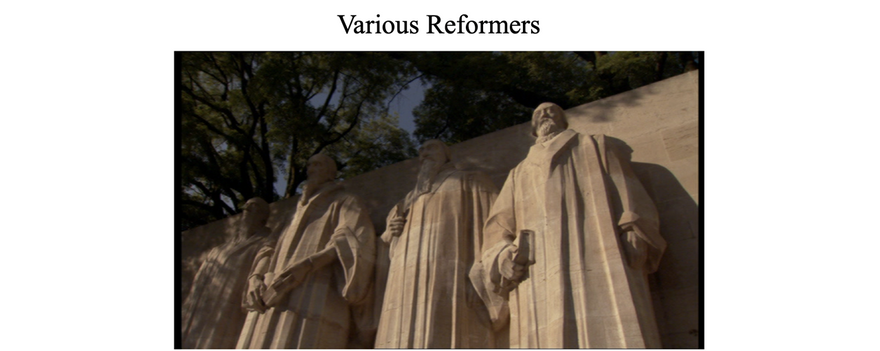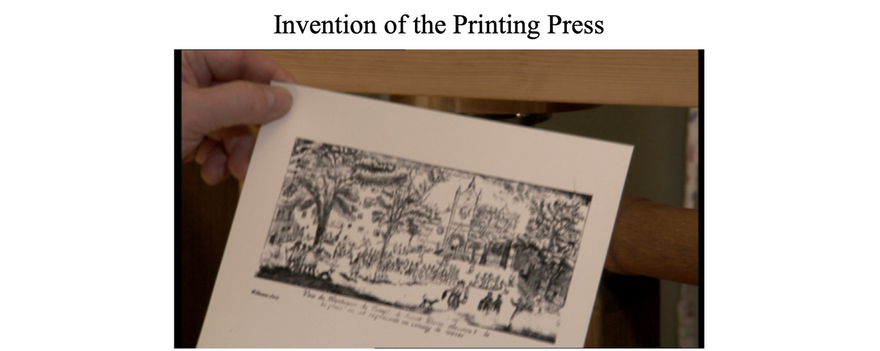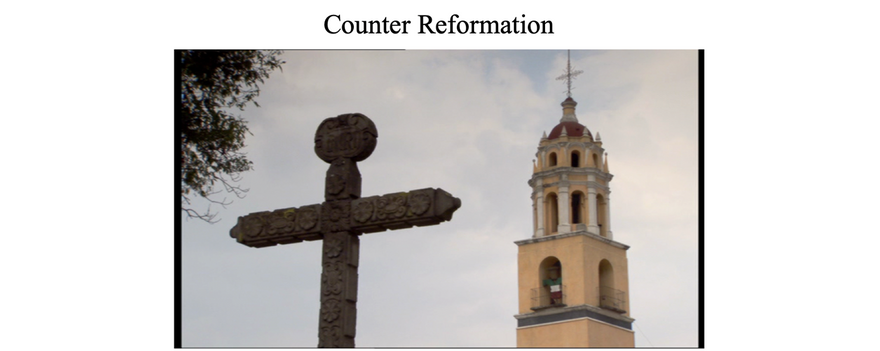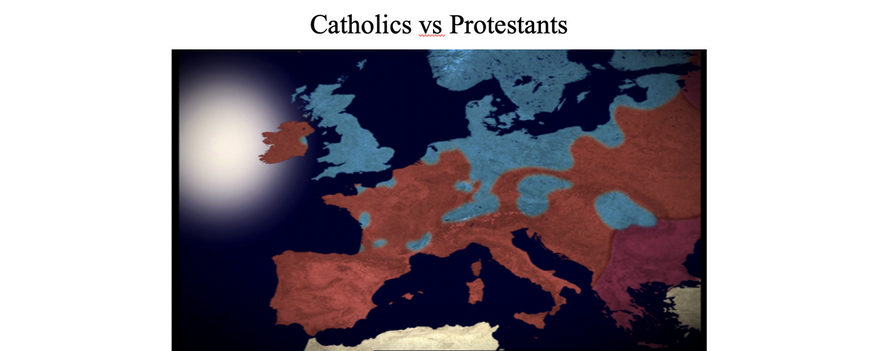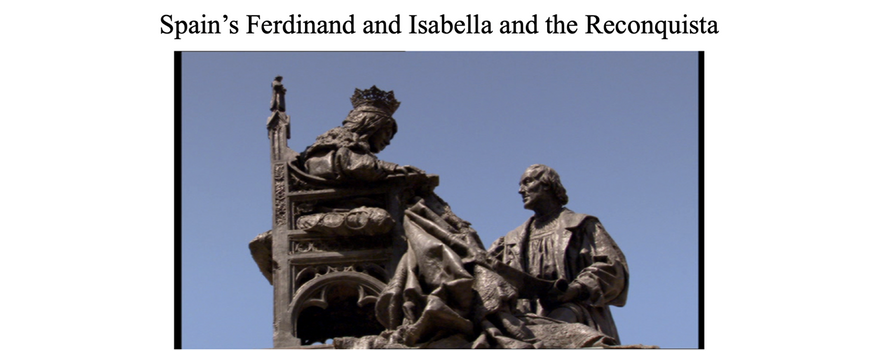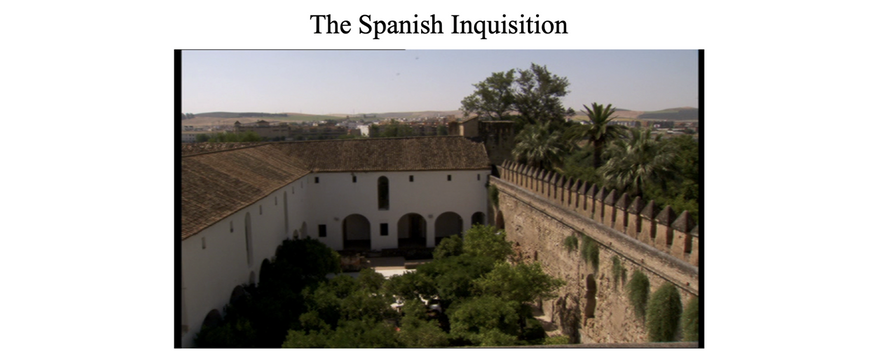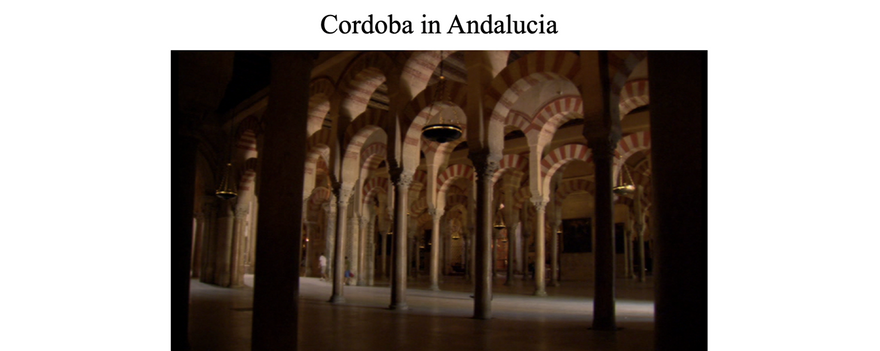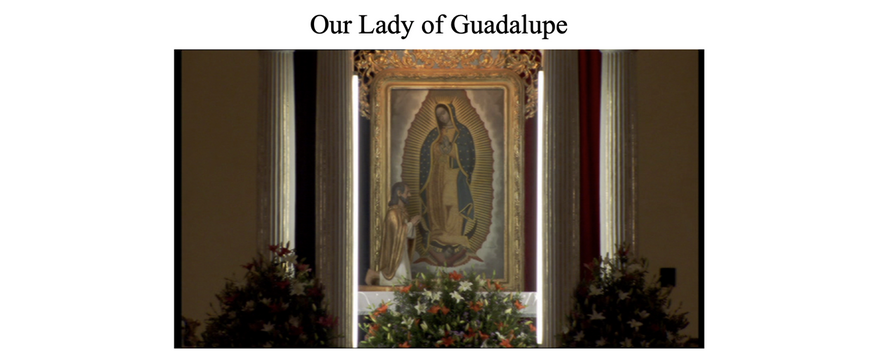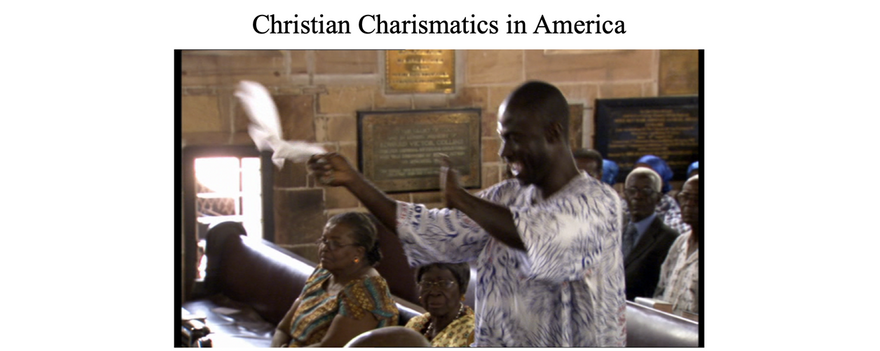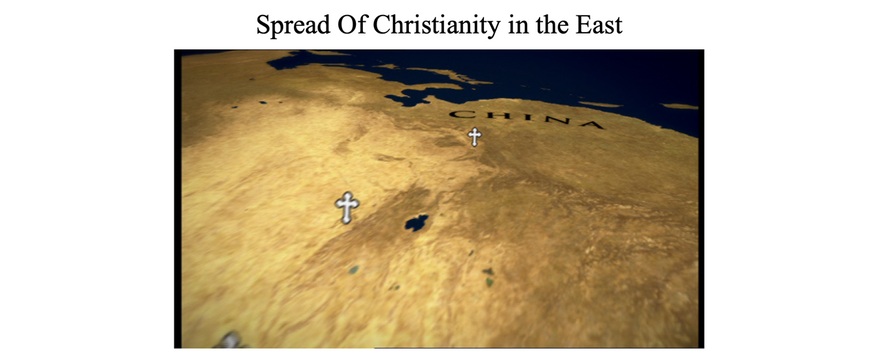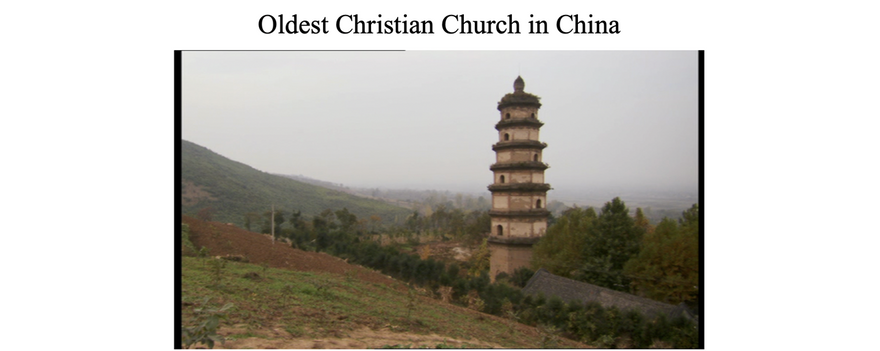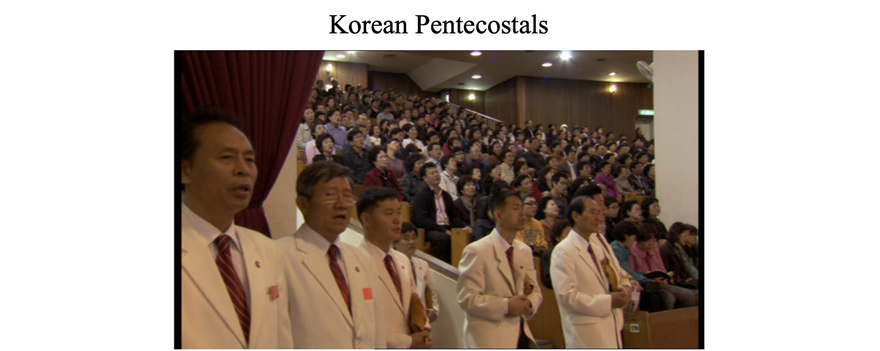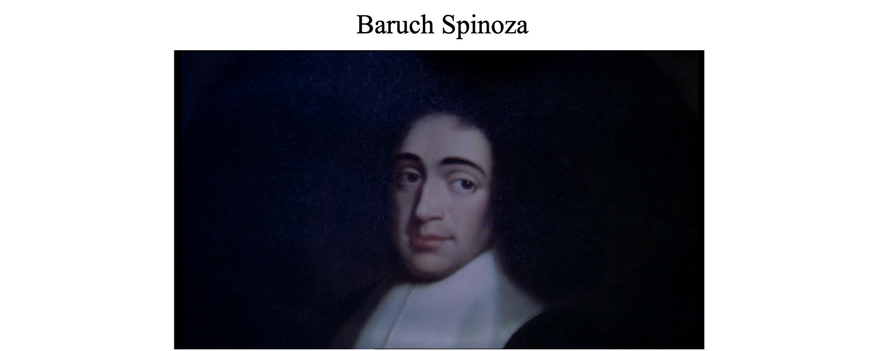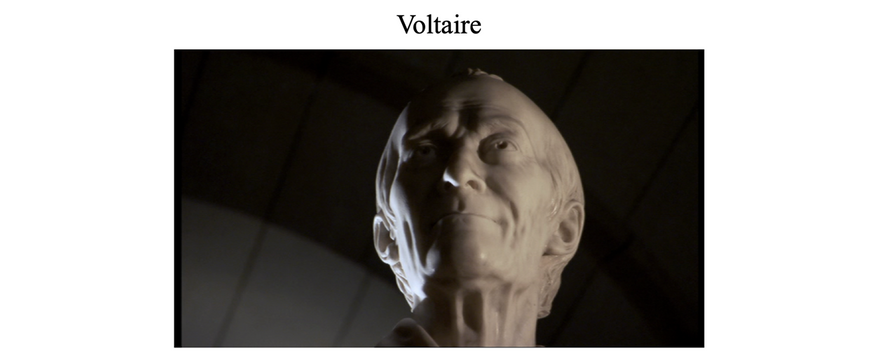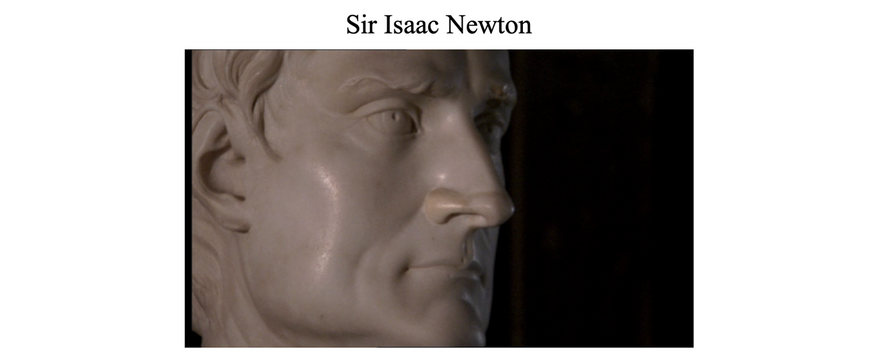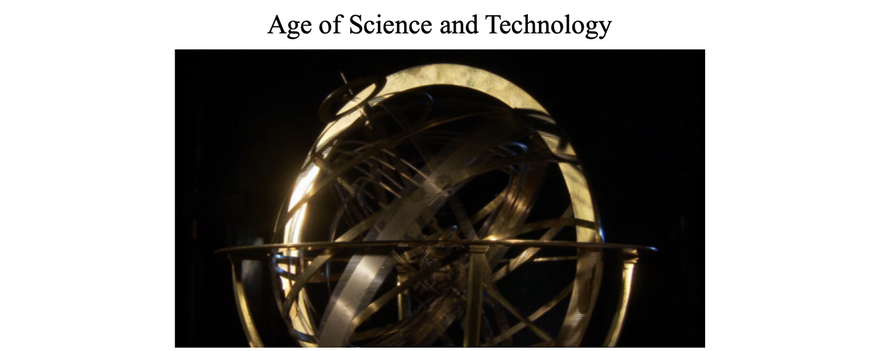THE HISTORY OF CHRISTIANITY IN PICTURES: EAST AND WEST
Dear Friends
Today, I am departing from my previous formats as I prepare a short presentation on the history of Christianity. It is still a work in progress, but I thought I'd share it with whomever might be interested. Still needs re-organisation and facts have to be checked, but early Christian history has been a great fascination for me. Comments would be appreciated. Thank you.
Vicki
NOTES: /1/ The following photos were taken from the BBC TV series on THE HISTORY OF CHRISTIANITY, presented by Diarmaid MacCulloch. The companion book was published in 2009. /2/ Other major source: David Chidester, CHRISTIANITY: A GLOBAL HISTORY. Allen Lane The Penguin Press, 2000. /3/ This article has yet to be reviewed by a professional Church historian.
Statistics
WORLD POPULATION: 7.8 Billion
LARGEST MONOTHEISTIC FAITHS
*Christianity: 2.4 Billion
*Islam: 1.9 Billion
*Judaism: 14 Million
CHRISTIAN FAITHS
*Roman Catholics: 1.2 Billion
*Orthodox & Eastern Christians: 290 Million
*Other Christian Denominations: 900 Million
The history of Christianity is inextricably linked to the history of Europe. For most of the past 2,000 years, it has dominated European life. Much of the focus is thus on European events
Christianity originated in the Roman province of Judea, part of the Middle East. Historically, Asia was regarded as East; whilst Europe and the Americas were regarded as West. Born in the East, it grew in the West. Eastern Christianity is more mystical; Western Christianity more philosophical.
Instead of theology and the rational thought of the West, the East glories in mystery. It emphasizes symbols and rituals, tradition and ceremony, and veneration of icons.
The Early Christians
*The Leadership of James, Peter, and Paul
*The Persecution of Christians by the Romans were intermittent, notably, during the rule of Nero in 64AD and Diocletian in 303AD
Christians originally intended to reform the Jewish faith, but with the inclusion of the Gentiles, it grew into a separate religion.
From Diocletian to Constantine: with the coming of Emperor Constantine in 313 AD, i.e., in less than 10 years, early Christians turned from the persecuted to the favoured. In 325 AD Constantine called a council in Nicaea to define Christian dogmas. He wanted to unite but instead divided his empire through controversies.
Cobbling of Christian Dogmas
325 – Council of Nicaea: Arius’ Christology vs Athanasius’ Trinitarian Theology
452 - Council of Chalcedon: Cyril of Alexandria vs Nestorius of Constantinople. Debate centered on the human and divine nature of Christ.
1139 – Lateran Council forbade priests to marry
Examples: Nicaea, 325 AD– “Was The Son consubstantial with the Father”? Disagreeing, Arius and his group were declared heretics, but spread the Arian doctrine to the early Germanic tribes. The Dogma of the Trinity was then unequivocally spelled out in the Nicene (Apostles) Creed. In places like Ravenna, Italy, one can still see the images of Christ growing older—an Arian belief. As the Germanic tribes were integrated into the Roman Empire, Latin Christianity eventually triumphed.
Chalcedon, 452 AD---”Did Jesus Christ have two natures in one person, without separation”? Council of Chalcedon declared Christ as one person with two natures: divine and human
Or as Nestorius claimed, “Were His divine and human natures independent of each other”? Nestorius, declared a heretic, was banished and died in exile. Without support of the Empire, his followers settled in Eastern Mediterranean and the surrounding areas.
Spread of Christianity in the West
*Arian Christianity and the Goths, a Germanic tribe
*Sack of Rome by Arian Goth Alaric in 410
*Fall of Rome and Rise of Latin Christianity
*Pope assumes temporal powers
*Charlemagne, King of the Franks, crowned Holy Roman Emperor, defender of Latin Christianity
*Conversion of Northern Europe
St Jerome, secretary to Pope Damasus, translated the Greek Bible into Latin in 383 AD and the Hebrew Bible in 390 AD. Damasus, Bishop of Rome, declared himself Pope as successor to Peter, allegedly the first Bishop of Rome. The succeeding Popes then filled the power vacuum that resulted from the fall of the Roman Empire. With the temporal powers of the Pope, Western Christianity was transformed from the religion of the poor and dispossessed to the religion of the rich and powerful.
Crowed Holy Roman Emperor in 800 AD by Pope Leo III, Charlemagne, king of the Germanic tribe of the Franks, was made defender of Christianity.
From Aachen (now northwestern Germany), Charlemagne ruled over the largest empire in western Europe since the height of the Roman Empire, thus spreading Christianity through conquest.
In the 6th Century, the Pope sent monks to convert Britannia (modern day England), already familiar with the religion through the Romans. The Scandinavian countries converted between the 8th and the 12th centuries when the Vikings through their raids came into contact with Christians. Christianised Viking rulers then forced conversions through the sword.
The religion came to Ireland through interactions with Britannia, later reinforced by missionaries such as St Patrick in the 5th Century. Building monasteries, monks copied and preserved ancient texts in Greek and Latin. In due course Irish abbeys became havens for education and learning.
With the Irish monks’ sense of sin, they were overwhelmed by guilt and needed forgiveness. Confession was one such measurement of forgiveness and penance. From Ireland, missionary priests and abbey monks then reached across the Continent for further conversions.
The double headed eagle symbolised the Byzantine (East) and Roman (West) Empires. There was old Rome, and new Rome (Constantinople). But these two heads were separated not only by distance but also by culture and language, one speaking Latin and the other Greek. There were doctrinal controversies over their interpretations of the faith, e.g., over the word FILOQUE (“and the Son”). During the 6th Century, the Latin Church insisted on adding the word to the Nicene Creed, and the Orthodox Church objected.
Much as the West had their Pope, so the East had the Patriarch. The rivalry between the two exploded in 1054, when a visiting Roman Cardinal excommunicated the Patriarch and the Patriarch returned the favour, ushering the Great Schism.
Byzantine Church
*The Second Rome: Constantinople
*Byzantine Empire of Justinian and Theodora
*Hermiticism and Monasticism
*7th Century Muslim Invasions
In the 6th Century, Emperor Justinian built the Hagia Sophia (now a Muslim mosque). The center of Christianity in Constantinople, it is recognised as one of the greatest buildings in the world. His wife Theodora saved the Church from the iconoclasts who wanted to destroy the venerated images in imitation of the Muslim belief that God cannot be represented.
Among Eastern Christians, holy men went further in their pursuit of monasticism and contemplation. In his search for isolation, away from the temptations of the world, St Symeon of Syria sat on a pillar as high as he could make it in order to reach the heavens and be in communion with God. It has since been whittled down from the touch of the pilgrims. Today, only a stump remains.
When the Prince of Moravia, residing in modern day Prague, asked for missionaries in 862 AD, the Patriarch sent Cyril and Methodius. The Greek-speaking pair soon learned the language of the people. In the process, they spread the Eastern Orthodox faith.
Great Moravia (now located in the Czech Republic) and its neighbours had their own languages but in the 9th Century had no system of writing until Cyril and Methodius invented one for them. Named after St Cyril, the Cyrillic Script is now used in Russia, the Balkans, and in some 50 other Slavic languages.
In 988 AD, following his baptism on the occasion of his marriage to the sister of the Byzantine emperor, Vladimir I, ruler of Kievan Rus (present day Ukraine), officially changed the state religion to Orthodox Christianity and burned pagan temples and icons. This conversion paved the way for Orthodoxy to reach Russia.
Christianity became the “people’s religion” as wandering monks from scattered monasteries brought their faith to the far reaches of the empire. Ivan the Terrible gained his own Patriarch in Moscow, and co-opted the double-headed eagle of West/East Christianity, calling Russia the Third Rome.
The Tsars used the Church as a tool to expand control in their vast empire. By the start of the 20th Century, Russia had become a great power. After the Bolshevik Revolution of 1917, however, the new rulers had no place for religion. Marx had called it the opiate of the masses. There was a brief u-turn during World War II when Stalin temporarily needed the support of the Church. After the fall of Communism, Orthodoxy has re-established itself, defining much of Russian identity. Present day membership number approximately 90 million.
By the year 1000 AD, Christianity had spread from Palestine--going east to Iraq, on to India and China. It had spread west to Spain and Portugal, northwest to the British Isles, a little later to Scandinavia, then northeast to the Russian Empire. In Africa in the south, the faith was retained in the Ethiopian Empire. It had become a Global Religion.
The 7th Century saw the coming of Islam. Originating in the Arabian peninsula, it was a militant faith that first conquered Jerusalem in 638 AD, and along with it, much of Byzantine lands. The Nestorian Christians, however, had unique skills to offer their rulers, thus surviving the Muslim conquest. As they could translate Greek learning into Arabic, they became the think-tank of the Middle East. This would later influence the flowering of learning in Islam, which they then gave back to the West in the form of universities.
The photo above shows the Christian as opposed to the Muslim-held territories at the height of the Muslim conquests. By the 13th Century, Islam had arrested much of Christianity’s expansion to the east including the Persian Empire: they had conquered much of Syria, Iran, Iraq, Afghanistan, Pakistan, and India. Their neighbouring North African states had been added to their territories, as well as much of Spain in the Iberian Peninsula. The rest of Europe were saved from Muslim invasion through decisive battles in Tours/Poitier, France in 732; Lepanto, Greece in 1571; and Vienna, Austria in 1683
Western Christianity in the Middle Ages
*1054 – Split between Constantinople and Rome
*The Crusades
*Protestant Reformation
*Counter Reformation
*The 30-Years War and Treaty of Westphalia
*The Spanish Inquisition
After the Great Schism, the Pope in Rome continued to preside over an ascendant religion in the West, whilst the Patriarch had to contend with the invading Muslims in the East. The one bright light for Orthodoxy was Cyril and Methodius and their fellow missionaries’ work towards the expansion of the Orthodox Church in Eastern Europe, especially in the Russian Empire.
In 1095, the Byzantine Emperor requested military aid to help confront the invading Seljuk Turks (Muslims). In exchange for plenary indulgences (remission of total temporal punishment for sin), the Pope called on faithful Christians to undertake an armed pilgrimage to Jerusalem in order to recover the Holy Land from Islamic rule. During the First Crusade from 1096-1099, the Christians successfully recovered the Holy Land. The second and succeeding crusades achieved less than their avowed goals. The Fourth Crusade in 1204, however, would end in infamy as the Crusaders sacked and plundered Constantinople, the very place they were supposed to protect.
In order to raise funds, the Catholic Church sold indulgences, a monetary payment for which penalty for one’s sins was commuted. This meant release from Purgatory after death. In 1517, a monk in Wittenberg, Germany protested against this practice by nailing his 95 theses on the church door. It was in defiance of the Catholic Church, and the publication led to the Protestant Reformation. Martin Luther likewise translated the Latin Bible into German, the language of the people, making direct communion with God accessible to the ordinary person.
New forms of protestations swiftly followed Martin Luther’s revolt. There were Ulrich Swingli in Switzerland, John Calvin in France, even King Henry VIII of England. Each had their own theology and they would later lead to separate Protestant Churches, from the Calvinists to the Anglicans, and a host of others.
The printing press invented less than a hundred years before quickened the spread of knowledge and literacy in Europe. Information pamphlets disseminated directly to the masses made it difficult for the Church to stop what it regarded as heretical ideas, thus facilitating the progress of the Protestant Reformation.
The Catholic Church responded to the reformers with its own Counter Reformation. The Society of Jesus (Jesuits) was organised in order to educate the people about Catholicism and stop the spread of Protestantism. There were likewise sweeping reforms within the Church, including the papacy. And the Council of Trent in 1545 and 1563 formally replied to the doctrinal challenges of the Protestant Reformation. Altogether, they unified and validated the Catholic Church.
The Protestant Reformation plunged Catholic Europe into turmoil, one of the main causes behind the 30 Years’ War when 25-30% of the population of central Europe died. When peace finally came at the Treaty of Westphalia in 1648, It was decided that the states could choose their own religion and that subjects would follow the religion of their rulers. Generally, the North became Protestant (shown in blue) and the South remained Catholic (shown in Red). Many left for the New World where there was religious freedom.
Back tracking to 1492, with Spain’s Ferdinand and Isabella’s final conquest of Granada, Muslim occupation of much of the Iberian Peninsula came to an end. Both Moors (Muslims) and Jews who did not convert to Catholicism were expelled. Photo above shows Isabella and Columbus before he sailed to the New World, planting the seed of Catholicism there. Succeeding missionaries, notably the Jesuit and Franciscan friars, would later embark with the conquistadors to Christianise all of the Americas.
Ferdinand and Isabella likewise established the Tribunal of the Holy Office of the Inquisition to combat heresy in Spain, achieving its end through brutal methods, including torture and burning at the stake. The Spanish inquisition would last for about 200 years.
The Muslim Caliphate of Cordoba was known for its emphasis on knowledge and innovation and its tolerance of other religions. The beautiful mosque pictured above was turned into a Catholic Church after the Reconquista. Its architecture would later be copied in Mexico.
The New World put a stamp of their own to Christianity. Our Lady of Guadalupe appeared to a peasant Juan Diego in 1531 in what is now Mexico City. Eyes downcast, hands clasped in prayer, she looked like a native Mexican. In later centuries, Our Lady of Guadalupe would become a unifying symbol for Catholic Mexicans.
The American Founding Father’s declaration of the separation of Church and State cut free Christian worshippers from the arm of the state. It allowed people to choose. With religious liberty came a huge number of both mainline and evangelical denominations— Baptists, Methodists, Pentecostals, Presbyterians, Mormons, and a host of other religions and sects.
Back in the East centuries before, the followers of Nestorius eventually broke from the Syriac Orthodoxy, calling themselves the Church of the East based in Baghdad. As merchants and traders, they expanded their influence to Central Asia, to India, and to the far ends of Asia. They were in China at about the same time that the Latin Church were converting the Anglo Saxons in England.
China was a fertile ground for conversion through persuasion until Christianity and other foreign religions were suppressed by the Emperor in 845 AD. Thereafter, Chinese Christians went underground. The photo above is an old Christian monastery built in pagoda style, now a Buddhist temple.
Christianity in Asia and Africa
*Korea and the Pentecostals
*Philippines and Spanish Catholicism
*Africa, the New Frontier
The Philippines, the 5th largest Christian country in the world, inherited Roman Catholicism from Spain during the 16th Century, and has injected its own unique cultural practices in the religion.
In Africa, at the start of the 20th Century, 10% of the population were Christians. Today, it has grown to 50%. Africans celebrate God by singing and dancing, giving joy and hope through healing rituals as illness is believed to be brought about by the devil. Of the 380 million Christians in Saharan Africa, 50% are Protestants. The continent is now sending missionaries to the West.
The worldwide evangelical revival has touched modern day Korea. The Prosperity Gospel founded in 1958 when South Korea was struggling with poverty, promised that if they went to Church, they would be blessed with good fortune. It might not have been a main tenet of the Church but it also said that worldly success would only come if one worked hard, saved money, stopped drinking, and so on. Today, it numbers about 500,000 members, the largest Pentecostal congregation in the world.
Science vs Religion
*17th & 18th Centuries: Age of Enlightenment
*Further Advances in Science and Technology
*Rise of Secularism
Emerging from the humanism of the Renaissance, the Age of Enlightenment dominated European ideas during the 17th and 18th Centuries. It used reason and the evidence of the senses to arrive at knowledge, and espoused notions of individual liberty and religious tolerance, whilst questioning the legitimacy of absolute monarchy and the dogmatism of the Church. It emphasised the importance of the scientific method, paving the way for the scientific revolutions of the 18th and 19th Centuries. These would result in the rise of secularism in much of Europe during the 20th and 21st Centuries.
With skepticism and doubt chipping away the old certainties of 17th Century Europe, Spinoza embodied the spirit of his age. He was a Sephardic Jew who lived in the Netherlands and was an early proponent of the Enlightenment. Whilst he did not argue against the existence of God, he developed highly controversial ideas regarding the authenticity of the Hebrew Bible and the nature of the Divine. As a result he was shunned by both his family and his Jewish community.
Voltaire did not believe that the King’s power in France came from God. He defended the existence of God—by virtue of reason—but criticized the Catholic Church for its religious persecutions. After a massive earthquake in Portugal, he wondered about God’s mercy so that in his book CANDIDE he finally wrote, “It is up to us to cultivate our own garden.”
One of the most influential scientists not only of the 17th Century but for all time, Isaac Newton held in secret his “heretical” beliefs. Well versed in early Christian history, he took the side of Arius, the loser of the Council of Nicaea. Christ was a divine mediator but was subordinate to the Father. He was thus against the dogma of the Trinity. Along with the laws of motion and gravitation, he wrote down his theological views. He believed in the rationally immanent world, seeing evidence of design in the system of the world that would influence later English deists.
In 1859, Darwin published his book ON THE ORIGIN OF THE SPECIES, and unleashed the foundation of evolutionary biology. This highly controversial book forever changed the way we thought about religion and became the focus of the "Creation vs Evolution" controversy. His own views fluctuated between being a theist and an agnostic. Post industrial advances in sciences and technology led to less wonder about the mysteries of the universe.
West and East
*WEST: Through conquest
*EAST: Through trade
*WEST: Belief, philosophy, logic, order
*EAST: Faith, mysticism, rituals, symbols, tradition,
*WEST: Essence of life is Meaning
*EAST: Essence of life is Experience
Whither Christianity? We now live in pluralistic societies, with Europe generally remaining secular, the United States spiritually experimental, Latin America and Asia conservatively religious, and Africa folkloristic. The Church is facing a crossroad and in order to endure, it must choose: to remain the pillar of doctrinal permanence, or to reinvent itself by allowing a multiplicity of beliefs and rituals, some of which may stray from its historical dogmas and doctrines.
Comments
Carmeli Bantug
26.08.2020 17:04
wow, interesting. thanks for putting it all together.
Gerry van der Linden
23.08.2020 08:28
Interesting overview. What is striking is that until very late the future of Europe was still in the balance: would it become Christian or Muslim?

